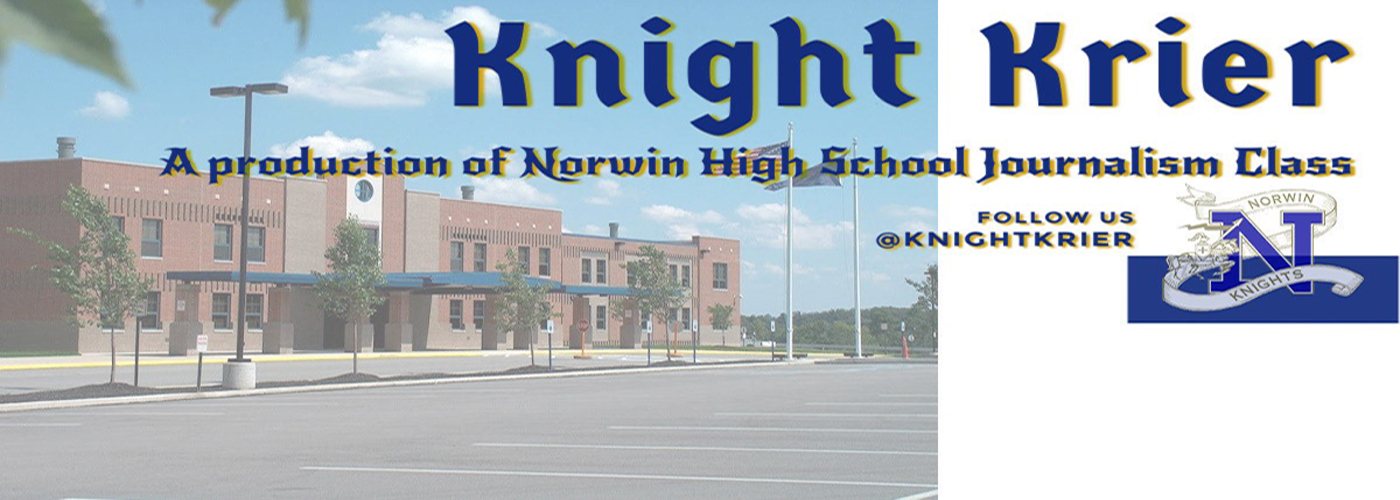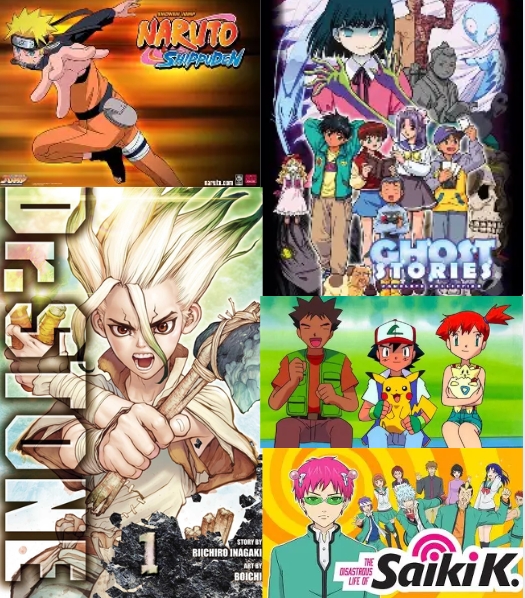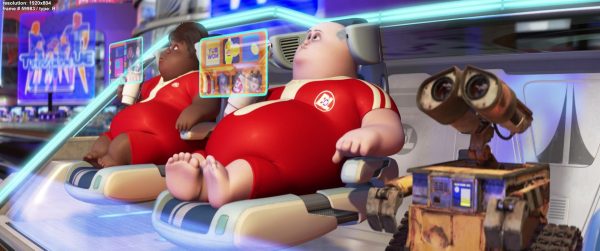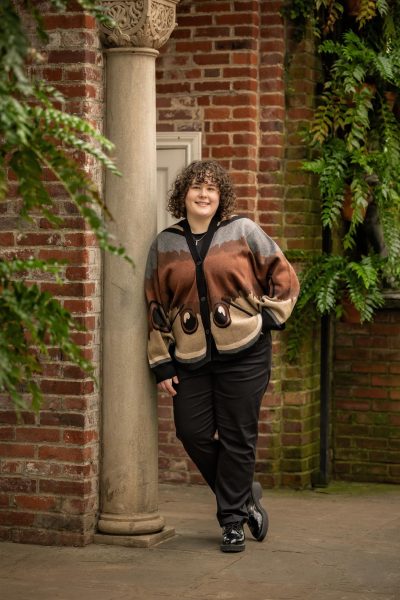Representation in media

Cover art of Alice Oseman’s graphic novel Heartstopper
When Black Panther came out in 2018, many children across the country saw themselves represented on screen for the first time as superheroes. With a large cast of Black actors, producers, film crew, etc. the movie made a huge impact on people of color throughout the U.S. and worldwide.
This kind of representation is what directors are striving for more and more every year. Whether it’s movies or tv, people across Hollywood are working to add diversity to their productions.
While representation has improved significantly when it comes to people of different races, other kinds of representation like religious and identity-based representation are still lacking.
Recently, a new Netflix original show Heartstopper has been blowing up on the social media app TikTok. The show, having been released on April 22, is based on the long running web comic of the same name by writer and illustrator Alice Oseman.
BEWARE HEARTSTOPPER SPOILERS…
The show is a coming of age drama surrounding the budding romance between two British teenagers Charlie Spring (played by Joe Locke) and Nick Nelson (played by Kit Connor). Seemingly opposites, the openly gay Charlie, who enjoys watching movies with his friends and playing the drums, forms a crush on Nick when they are sat together in class. Nick, at first, is seemingly unattainable as a popular heterosexual rugby player.
Over the course of the show, Nick too develops feelings and goes through a near crisis surrounding his sexual orientation.
The show tackles subjects such as sexuality, gender identity, manipulation, unhealthy relationships, friendship, bullying, and young romance.
While Nick and Charlie are the main characters, the show features a whole roster of characters of different backgrounds. LGBTQ+ identities are thoroughly represented with gay, lesbian, bisexual, and transgender characters.
This show and others like it are as important to the LGBTQ+ community as Black Panther is to people of color. Representation in pop culture normalizes behaviors and identities, as well as makes people feel seen. Not only does this media expose and educate audiences on people whom they’ve never interacted with in real life, but it also communicates to audiences who identify with diverse media that they are normal and valued in society.
Though more LGBTQ+ content and characters have spread into the mainstream over time, it’s rare that it is as accurate, relatable, and heartwarming as Heartstopper. Even in 2022 there are shows and movies that make groups like the LGBTQ+ community the subject of jokes or reinforce harmful stereotypes.
Even if shows don’t openly make jokes surrounding LGBTQ+ issues or tropes, they are rarely as wholesome as similar shows with straight relationships at the focus. Heartstopper is real and some of the best mainstream representation for gay youth that this generation has seen.
Shows that celebrate diversity teach young, impressionable people that being different is okay and that people should love and support each other no matter what.
Seeing the same types of characters time and time again does nothing for the audiences who don’t identify with those groups.
Life is diverse and media should be as well.

Elizabeth is a senior and a second year writer for the Knight Krier. She is the Vice President of the Science Challenge Squad, Treasurer of the Student...






